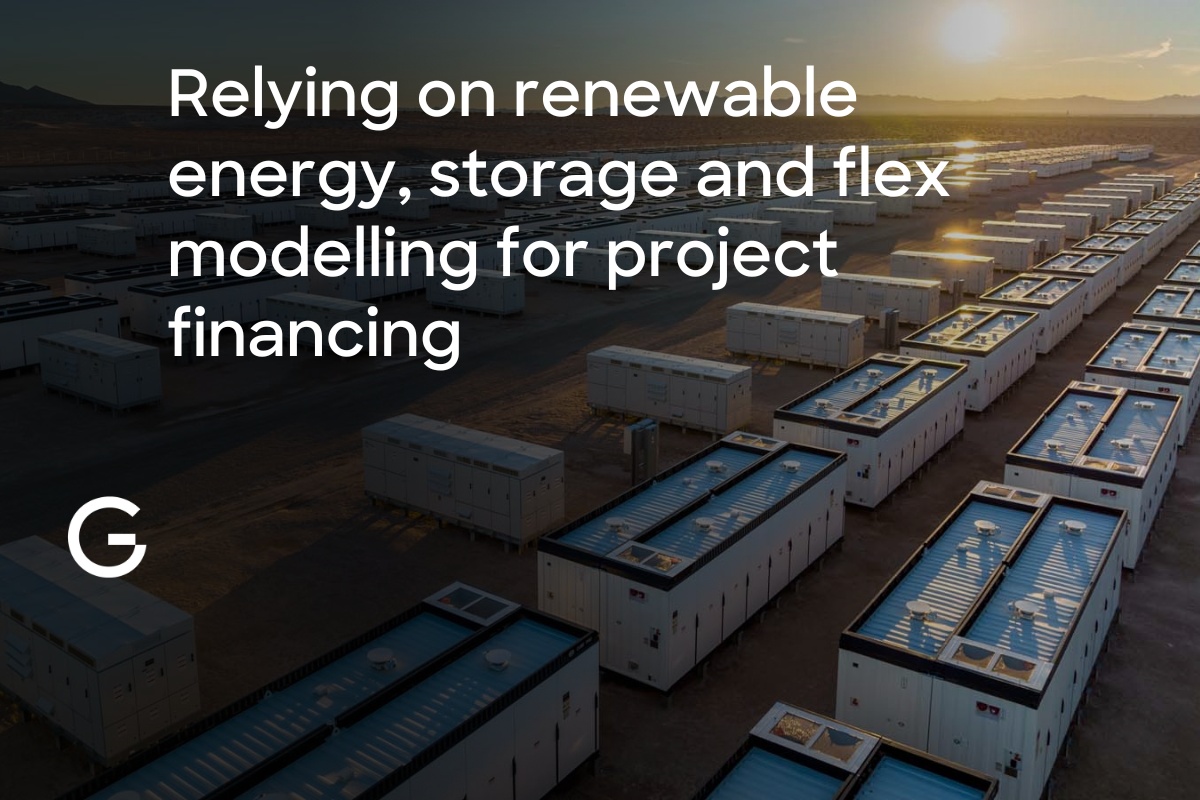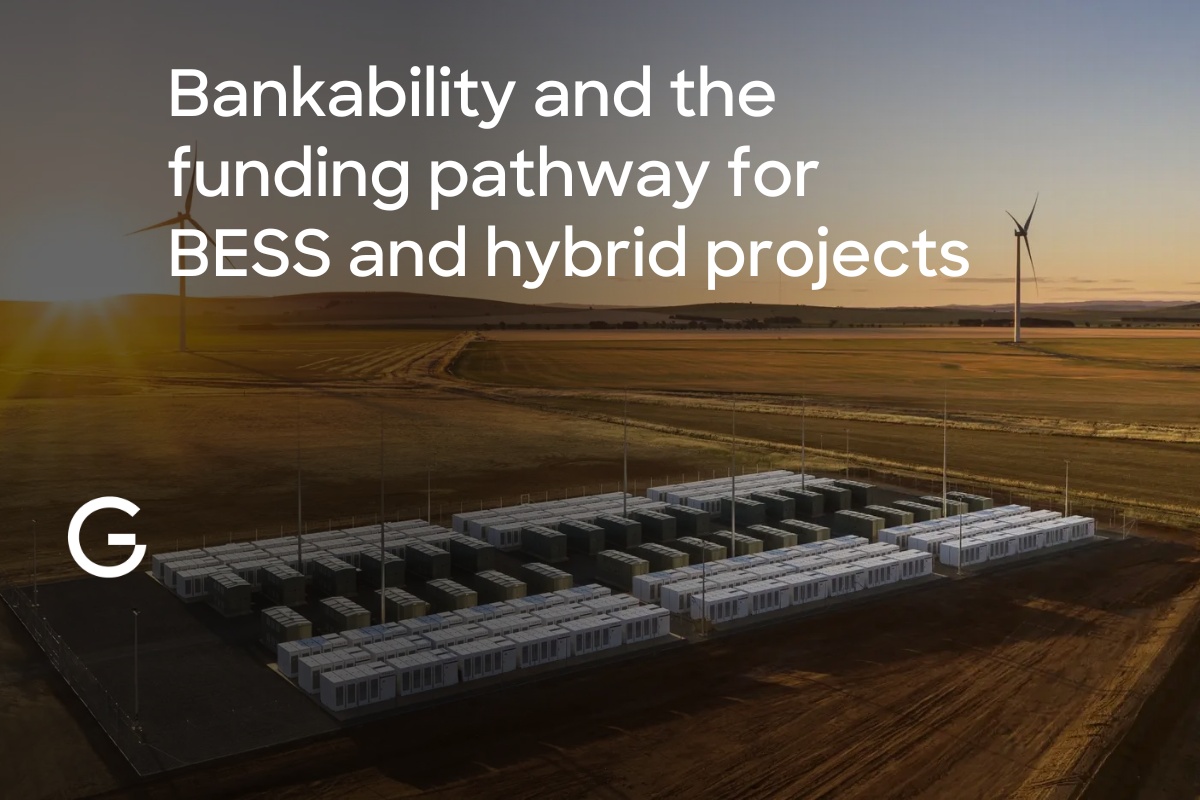Reasons to be cheerful

So COP26 has kicked off this week in Glasgow.
The 2021 version of the Conference of Parties (that’s what COP stands for) likely heralds another round of geopolitical posturing, mudslinging and pledging from our world leaders.
The whole point of the COP events is to enable the members of the United Nations Framework Convention on Climate Change (the UNFCCC), which is basically everyone, to come together to agree on how best to address climate change.
The UNFCCC was born out of the Rio Earth Summit back in 1994, with the first COP held in Berlin in 1995. Noteworthy COPs since then have included COP3 in 1997 which produced the Kyoto Protocol, and COP21 in 2017 which gave us the Paris Accord.
Personally, I have a soft spot for COP15 which took place in Copenhagen late 2009 as I was fortunate enough to be there in person, representing Greensense, the energy and carbon-management focused precursor to Gridcognition.
It was a time of real optimism in the Australian climate debate after Kevin Rudd had swept to power in 2007 having framed climate change as ‘the greatest moral challenge of our generation’.

Unfortunately, COP15 itself turned out to be a bit of a fizzer and Australia has been mired in a political log jam on climate change ever since. Twelve long years of leadership spills, on again off again emissions trading schemes, “Axe the Tax” slogans (thanks Tony), and Barnaby Joyce and his coterie of coal obsessives in the National party.
Framed like that Australians couldn’t be blamed for being despondent about the COP process and the state of the climate change debate more generally – the fact that in some quarters it’s even still a debate, for example – and the unedifying, divisive and unproductive geopolitical BS that goes with it, but if you take a couple of deep breaths, tune out the noise and instead look at what’s actually been achieved on the ground over that period, well then I reckon there’s reason for a bit more optimism.
Addressing climate change has many facets, but one of the most important challenges is to decarbonise energy and transport. This is what we are focused on at Gridcognition.
With that in mind I’ve noted down a small handful of reference points to hopefully demonstrate how far things have come since Copenhagen in 2009.
- Today we have nearly 3 million solar systems installed across homes and businesses in Australia, and that’ll soon be followed by several million EV chargers, battery storage systems and flexible loads like water and space heaters. Back in 2009 we had just 100,000 small scale solar systems.
- In October 2021, 35% of the electricity supplied into Australia’s National Electricity Market was from renewable sources. Just 12 months earlier that figure was 31%. Back in 2009 it was more like 8%.
- Electric vehicles sales in 2021 accounted for 12% and 15% of new vehicle sales in the largest EV markets of China and Europe respectively. Norway was over 80%. In 2009 these figures were basically zero.
- There are about 2,500 EV chargers currently in Australia. Norway has more than 16,000 and has 1/5 of our population. The point being that we’re just beginning the EV journey here in Australia and we have so much more we can still do.

But a transition on the scale of the one we’re embarking on with the energy and transport sectors is never going to be straightforward.
We’ve already experienced a few bumps in the road and while there’ll be plenty more to come over the next decade, it’s clear that the course is now set. Centralised, fossil-fuelled driven energy systems are finished. In their place we’re seeing a decentralised, digitised, and smart, energy system with millions of energy assets located close to load, outcompeting the centralised model not just because the infrastructure costs scale down well, but because we can also significantly reduce the need for expensive and lossy transmission networks moving energy over huge distances.
Renewable energy will power the world, including the cars that we drive, the food that we cook (yep, hobs are going electric again!) and the food that we grow. That won’t happen because our world leaders draft some largely incomprehensible text on the last day of COP26, ultimately, it’ll happen because it’s cheaper and because it’s a better ‘product’.
And in the immortal words of Ian Dury, they’re reasons to be cheerful.







